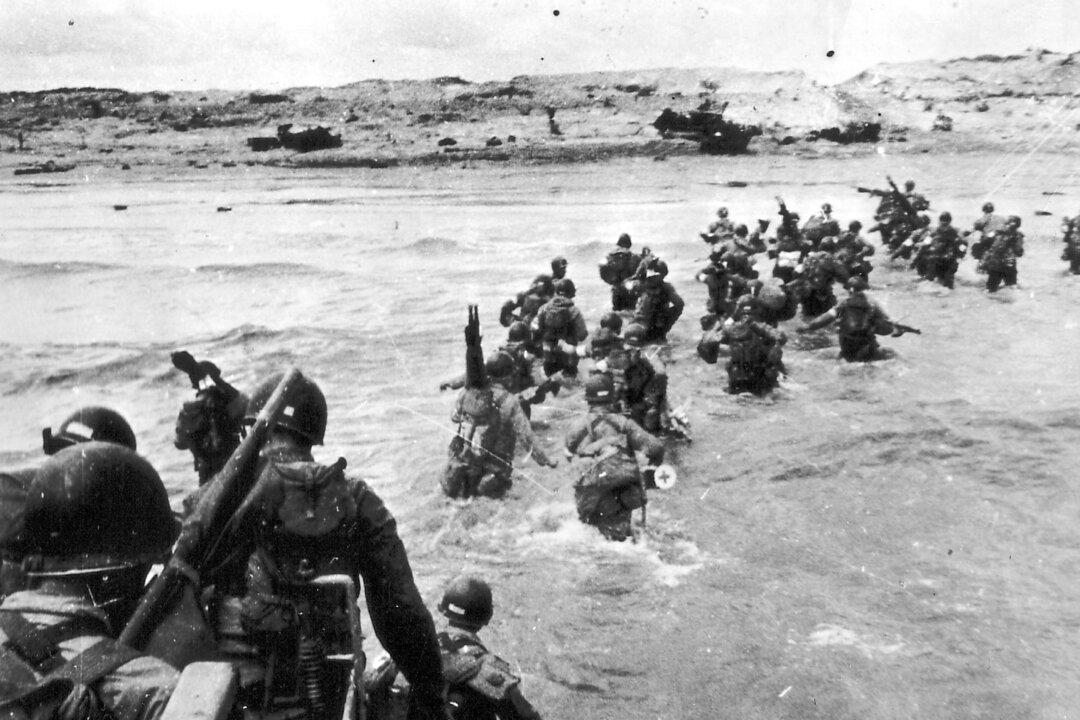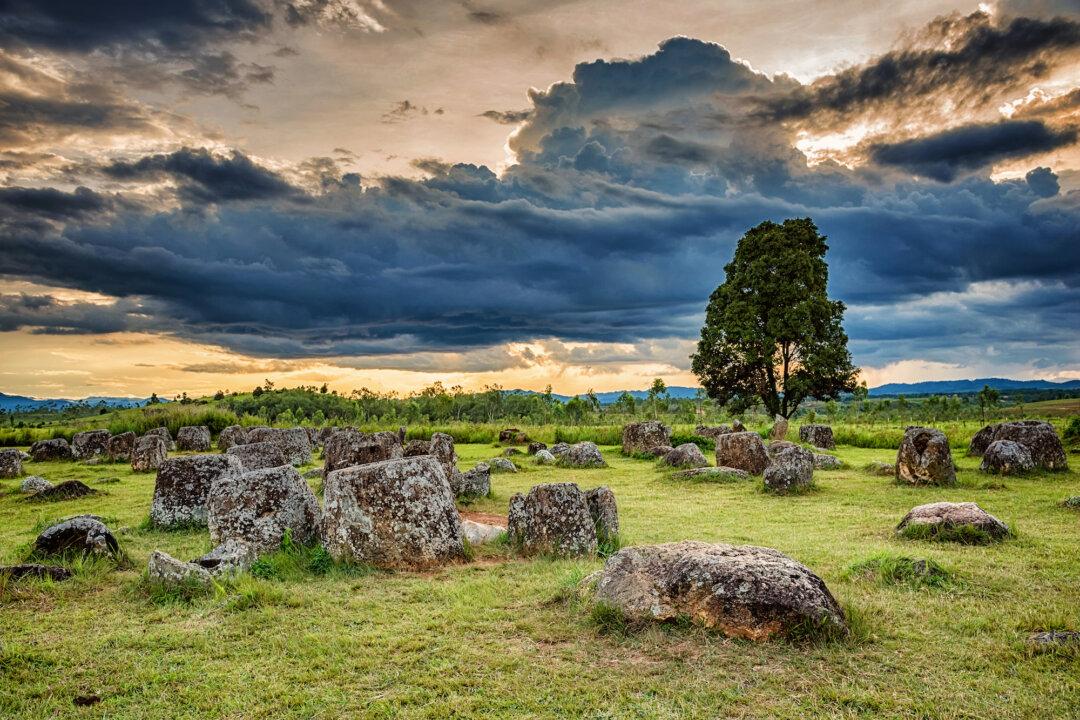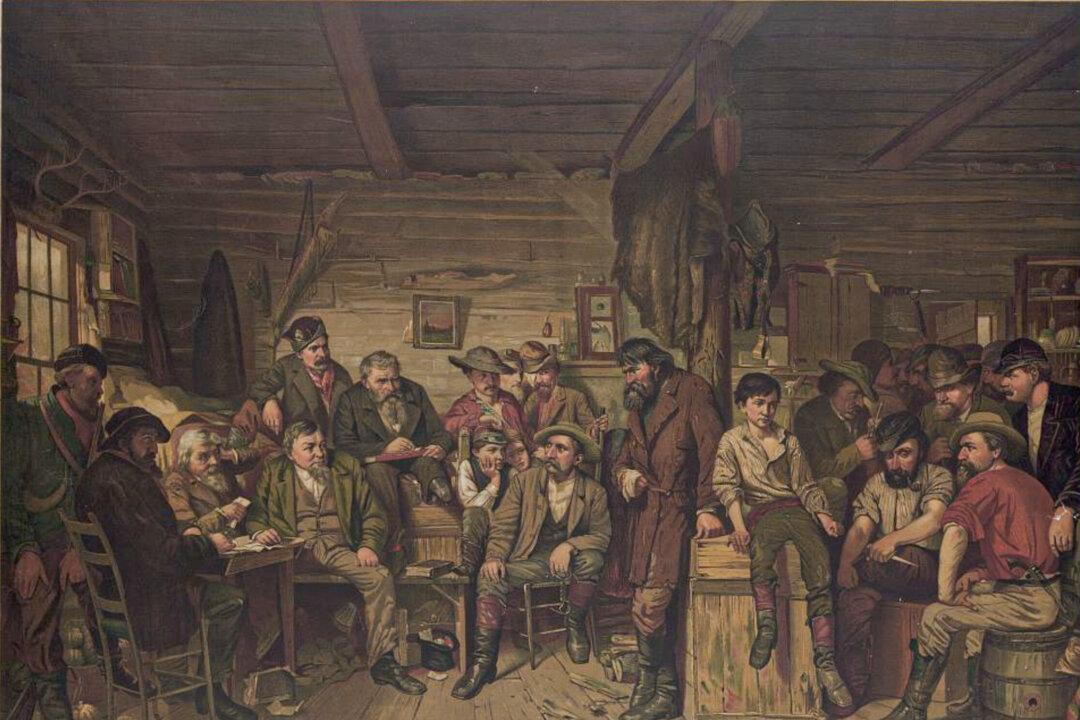“The Girl with the White Flag: A Spellbinding Account of Love and Courage in Wartime Okinawa” is the inspiring story of 7-year-old Tomiko Higa’s bravery during the American invasion of Okinawa in 1945 at the close of World War II. The memoir describes the traumatic experience of young Tomiko as she and her family are caught in the crossfire of the Battle of Okinawa between the Japanese and Americans.
The book might never have been written had the author not recognized a photograph of herself in a book about the war in 1977. The striking image showed Tomiko, barefoot and wearing work pants, carrying a three-cornered white flag attached to a stick.





